QuestionHi there. I have a question regarding my 11 year old registered Clydesdale. I purchased her this last spring and was told she was almost recovered rear foot abess that had happened earlier that spring. I was told the vet came out, cleaned it and it would take a few weeks to be completely healed. Fast forward to fall she started not letting me handle her rear foot. She was pastured all summer, sometimes in mud and water. It was not until I called the farrier to trim her that we realized we had a huge problem. The most fowl odor was coming from her foot, she was favoring it when trimming it was severely infected under and around the frog. It was black, almost like grease and was the worst case of thrush I have ever seen. There was a growth coming out of it and was all squishy and black as deep as the farrier could trim. Since that day in November, this is what I have been doing with the vets and farriers frequent visits. 2 times/day soaking in bedadine, triadadine and iodine. Applying quarter master after tried. Stall rest with fresh shavings and hand walking on the pavement until snow. One month laster into November its not better. We try adding Sulfa morning and night to assist. Fast forward into January. She is out daily in the snow and in at night. Spraying the product Banex on it morning and night. The cold weather and snow seems to make it out for her to be out in. Still soaking AM and PM. Vet and farrier come back to trim and its still bad. A lot of the black is gone but its still very smelly and actually having a stringy growth coming out next to the frog. Discover that she was seen by the vet prior to me having her was told had infections in all four feet at the clef. Can see the white puss in almost a puree type consistency. The main infection was in her rear foot and the owner was advise to convey to future buyers. This was not done and so was unknown until fall (6 months) when she decided not to let me touch it.
I feel like I have tried everything and its not getting better. I have been trying this while lightning product and be putting it in a tighter boot. The vet keeps charging me and its getting to the point where nothing is getting better.
Thank you for any advice.
Varina
AnswerHi Varina ... well, I take a little bit of a different approach to these types of things in addition to veterinary care. I am wondering if xrays have been taken to see if the bone has been compromised in any way? A bone infection means a different method of veterinary care.
OTOH -- Two things that come to my mind -- one is homeopathy. I've successfully treated a number of long, long standing infections with homeopathy. The most outstanding is probably a horse with a cheek the size of a football that even 3 surgeries would not heal for abscess. Out of desperation I was asked to see the horse and suggested that he get one round of a specific homeopathic remedy. I was called at the end of the week -- the abscess drained and was gone less than a week later and now, 3 years later, has never returned again. So, if you're interested in that route I can certainly try to help that way.
Another venue to look at is diet. What goes in, grows out. We do nothing to 'heal' an animal; the animal heals itself. That means we do everything we can possibly do to set things up for healing but in the end, the animal's body heals itself. If the immune system is weak then it can't do its job correctly. Diet helps to build up the immune system (or helps to tear it down -- think lots of processed feed and sugars.) Fresh foods are what helps to build and strengthen the immune system - forages for horses. Reducing the amount of sugars that go into the body via processed feeds helps to build up the immune system. Reducing the amt. of synthetics also helps to aid the immune system so it can do its job.
I cannot speak directly about the hooves as I have no way of knowing what they look like. But suffice to say that the hooves, themselves, need to be correctly balanced and leveled for proper mechanism during movement. When this is done then adequate blood flow can get fully to the hooves to bring O2 and nutrients.
I believe in helping the WHOLE horse when helping with hoofcare. This means diet, environment, stable husbandry, etc. So those are things that need to be looked at carefully and changed if necessary.
If you'd like more info on the homeopathy and diet, please feel free to email directly to me. There are some article on www.thepenzancehorse.com that will help with this, too.
I hope things turn around quickly for your horse.
--Gwen

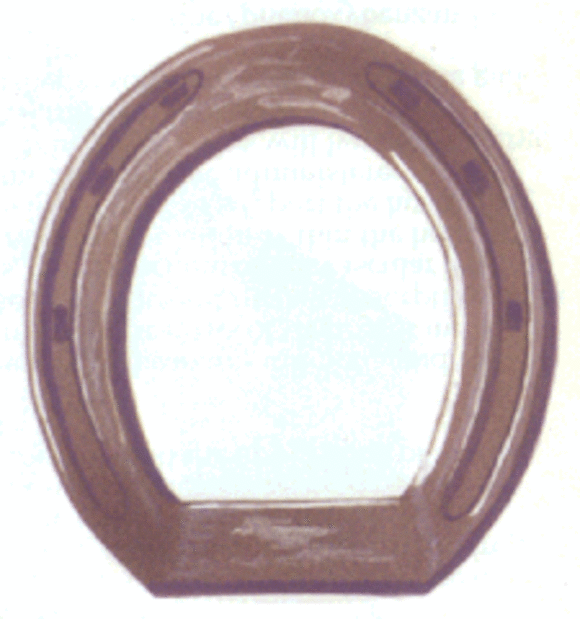 eggbar shoes on horses
Question
bar shoe
hello sir, when can i use egg
eggbar shoes on horses
Question
bar shoe
hello sir, when can i use egg
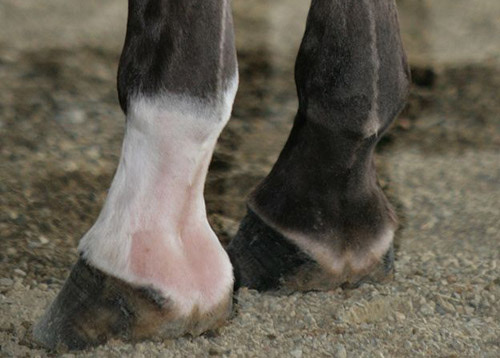 white legged horses - cracked heels
Question
white legged
hello, may i know why whit
white legged horses - cracked heels
Question
white legged
hello, may i know why whit
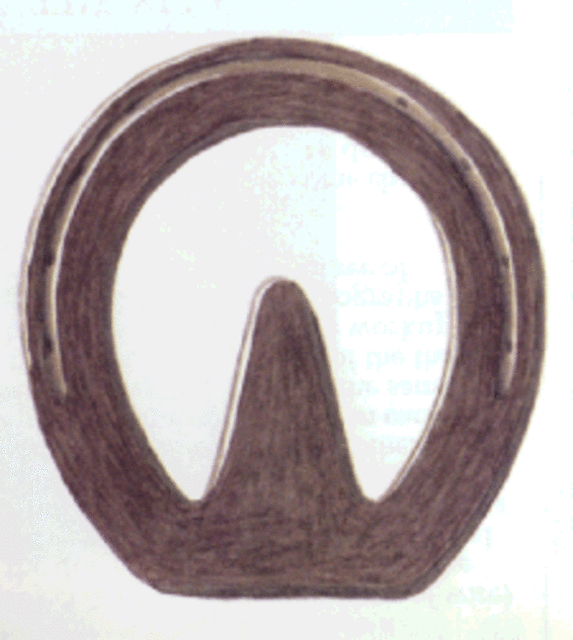 what shoe is this
Question
what shoe
hello sir, may i know the nam
what shoe is this
Question
what shoe
hello sir, may i know the nam
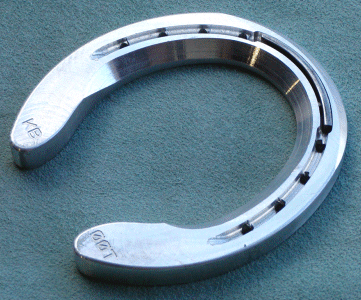 wedge shoes usage
Question
wedge shoe
hello, may i know when to us
wedge shoes usage
Question
wedge shoe
hello, may i know when to us
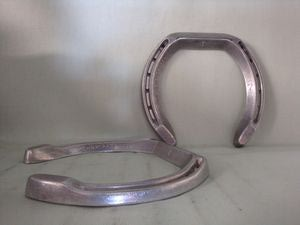 what type of shoe
Question
what type of shoe
hello sir, what type
what type of shoe
Question
what type of shoe
hello sir, what type